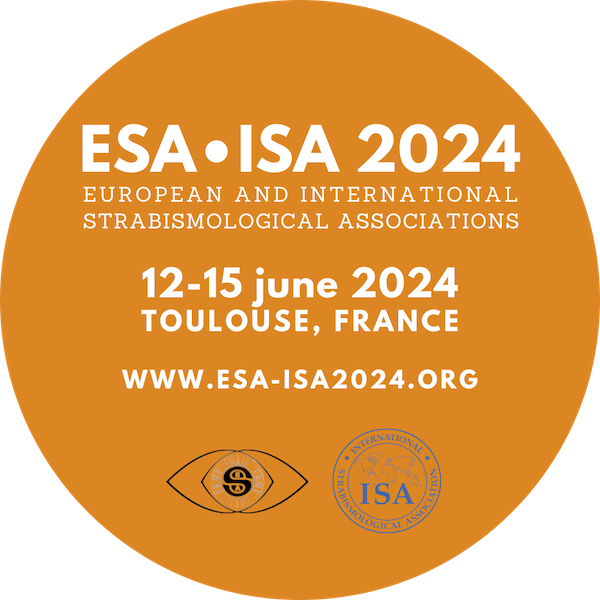
Session: Poster session B
Evaluation of Sixth Nerve Palsy: Associations and Clinical Outcomes
Introduction
Abducens nerve palsy is the most common motor ocular nerve palsy in adults and may be congenital or acquired in aetiology with acquired causes being microvascular or other (trauma, space occupying lesions, demyelination etc). The clinical course is influenced by the underlying cause.
Methods
We carried out a retrospective study of 52 patients seen at a tertiary hospital from May 21-October 23 with acquired abducens nerve palsy to investigate patient profile, aetiology and clinical factors affecting recovery and outcome. Patients were identified using an audit tool on mediSIGHT, an electronic patient record system. Data collected included age, sex, aetiology, and orthoptic assessment at presentation, 3 and 6 months. Palsy aetiology was delineated into microvascular (diabetes and hypertension) and non-microvascular causes (aneurysm, meningioma, medulloblastoma, road traffic accident, and inflammatory conditions).
Results
Overall, 62% were female, 38% White British and the average age of onset was 59 years. Left eye was affected in 44%, right eye in 48% and both eyes in 8%. Microvascular causes contributed to 54% of cases, non-microvascular 25%, with the remaining 21% cases of unknown aetiology. 75% of cases with microvascular origin resolved fully, with an average duration of 4.1 months. Of those with a non-microvascular origin, only 31% fully resolved, over an average of 5.25 months. The mean initial angle of deviation in primary gaze (PD BO) was 20.2 PD for microvascular cases, and 27.8 PD for non-microvascular cases. With regards to treatment, 9% underwent strabismus surgery, 6% toxin and 2% therapeutic lumbar puncture.
Conclusions
The majority of patients in our cohort presented with a microvascular acquired sixth nerve palsy. A microvascular palsy was more likely to resolve, and at a faster rate, compared to a non-microvascular sixth nerve palsy. Therefore, this study demonstrates the impact of aetiology on the duration and resolution of the palsy.